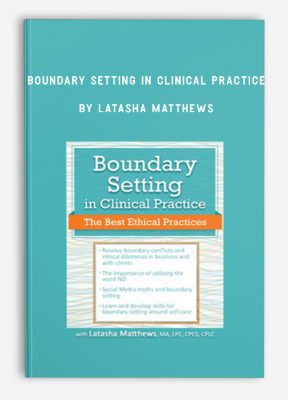-
×
 Joshua Lisec – HYPNO WRITING BUNDLE 2024 – The Best Way to Copywrite It Train Ride to Greatness | Digital Download
1 × $139.00
Joshua Lisec – HYPNO WRITING BUNDLE 2024 – The Best Way to Copywrite It Train Ride to Greatness | Digital Download
1 × $139.00 -
×
 Trey Smith - The Software System
2 × $247.00
Trey Smith - The Software System
2 × $247.00 -
×
 Sang Lucci – 14-Day Options Trading Bootcamp (July 2014)
1 × $45.00
Sang Lucci – 14-Day Options Trading Bootcamp (July 2014)
1 × $45.00 -
×
 Profit First for Ecommerce Sellers by Cyndi Thomason
1 × $99.00
Profit First for Ecommerce Sellers by Cyndi Thomason
1 × $99.00 -
×
 Logical Forex Indicators
1 × $68.00
Logical Forex Indicators
1 × $68.00 -
×
 List Control Live 2010 by Frank Kern
1 × $142.00
List Control Live 2010 by Frank Kern
1 × $142.00 -
×
 Exploring the 6th (Free) Way by Susan Seifert
1 × $127.00
Exploring the 6th (Free) Way by Susan Seifert
1 × $127.00 -
×
 Cards - Mastery of Love - Don Ruiz
1 × $25.00
Cards - Mastery of Love - Don Ruiz
1 × $25.00 -
×
 ALL ABOUT COMPOSITION by Kirsten Lewis
1 × $79.00
ALL ABOUT COMPOSITION by Kirsten Lewis
1 × $79.00 -
×
 Jason Linett – Hypnotize Business Boot Camp
1 × $67.00
Jason Linett – Hypnotize Business Boot Camp
1 × $67.00 -
×
 Easy Way to Teach Law of Attraction from Michael Losier
1 × $47.00
Easy Way to Teach Law of Attraction from Michael Losier
1 × $47.00 -
×
 Move Into Life 2 Day Workshop by Anat Baniel
1 × $39.00
Move Into Life 2 Day Workshop by Anat Baniel
1 × $39.00 -
×
 Video Marketing Strategy SEO Video Video Analytics
1 × $12.00
Video Marketing Strategy SEO Video Video Analytics
1 × $12.00 -
×
 Basic On Page Optimization 2019 by SEO Intelligence Agency
1 × $49.00
Basic On Page Optimization 2019 by SEO Intelligence Agency
1 × $49.00 -
×
 DP | Breakfast Discovery Process 2-Day Training by Dr. Joseph Riggio
1 × $77.00
DP | Breakfast Discovery Process 2-Day Training by Dr. Joseph Riggio
1 × $77.00
Subtotal: $1,509.00











Trevis Trevis –
This is one of the most beautiful website and you can check the reviews of my website here: https://salaedu.com/clients-proof-and-reviews/